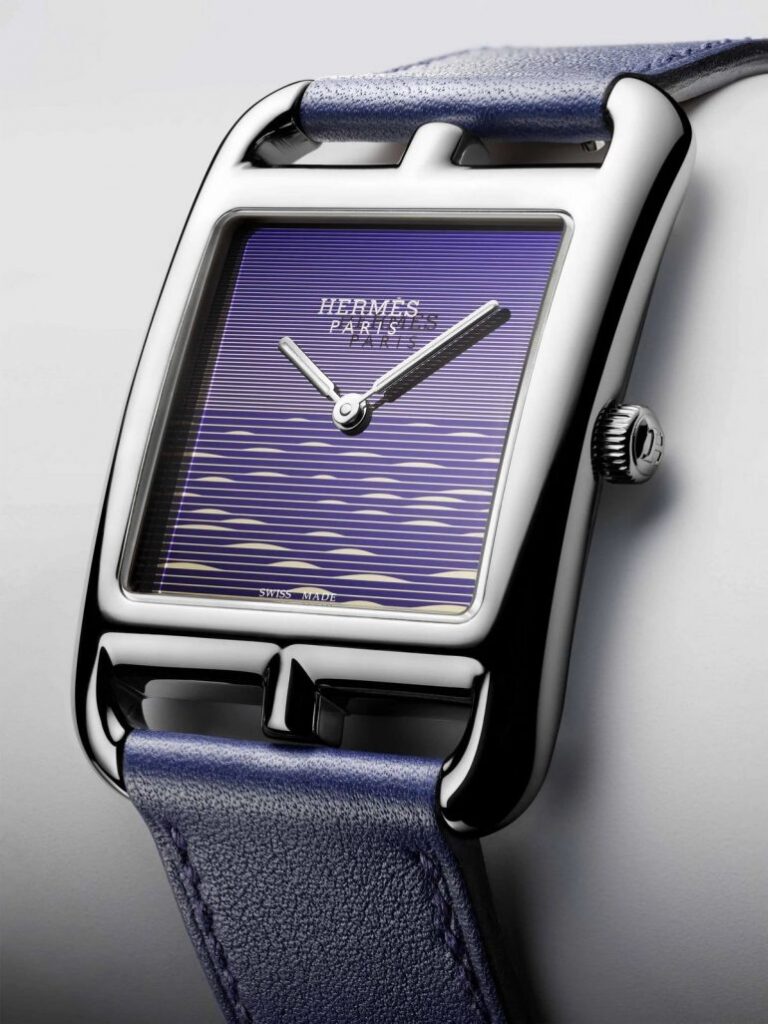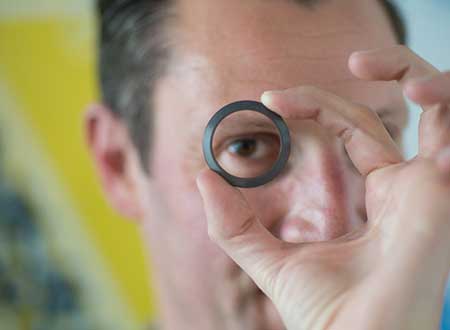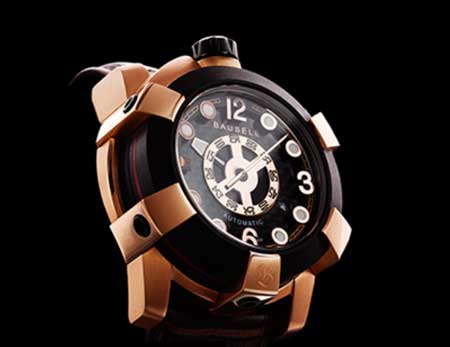An article by Annie Darling focused on watchmaking and the influence an emerging technology (nanotechnology) can have on this well established field was making the rounds not too long ago (March 6, 2023 on SCMP and March 7, 2023 on Luxury Launches), Note: Links have been removed,
Ever since spring-powered clocks were developed in 15th century Europe, watchmakers have strived to advance the science behind haute horlogerie. First, the mainspring was brainstormed as a mechanism for powering a clock. This apparatus stopped the cracking and weakening of a timepiece’s movement so it could withstand numerous cycles.
Next came the balance wheel, which ensures that movements are able to keep regular time, invented in the mid-17th century by Dutch mathematician and all-round know-it-all Christiaan Huygens. And, of course, any collector worth their salt knows about Abraham-Louis Breguet’s tourbillon that rotates a timepiece’s movement to counter the negative effect of Earth’s gravity.
A lot has changed in the years since, with improved materials and methods allowing for increased miniaturisation, precision and reliability. Now, another wave of innovation is breaking over the field of watchmaking: nanotechnology, the study and manipulation of matter on a near-atomic scale to produce novel structures and materials.
…
Now watchmakers are starting to take notice, with Hermès incorporating nanotechnology into its novelties for 2023. The Crepuscule – “dusk” in French – is the new iteration of the brand’s emblematic Cape Cod watch. Designed by artist Thanh Phong Lê, the dial features a pensive piece of graphic art depicting a setting sun reflected in water.
One of Switzerland’s leading silicon experts, the Swiss Center for Electronics and Microtechnology, was commissioned to complete the dial, shaped using a silicon wafer just 0.5mm thick. To reach the intensity of colour requested by the maison, a nanotechnology procedure called photolithography was used to transfer Phong Lê’s motif onto the silicon, which was then coated in yellow gold.
Tag Heuer is also experimenting with nanotechnology and has patented a carbon composite hairspring, which comprises of rolled-up sheets [carbon nanotubes; CNTs], each just a single layer of carbon atoms. The hairspring is attached to a watch’s balance wheel to help mechanical timepieces keep accurate time. “Our hairspring is at the very heart of our movements,” says Emmanuel Dupas, director of the Tag Heuer Institute. “We developed our own hairspring based on a carbon nanotube scaffold, which is filled with amorphous carbon. Carbon nanotubes have extremely narrow diameters but can be very long.”
…

it’s a good article if watchmaking and/or luxury products and/or applied nanotechology interests you. Whichever site you choose (March 6, 2023 on SCMP or March 7, 2023 on Luxury Launches), you’ll find more embedded images of watches from different companies.
There’s also this December 29, 2016 posting, “Luxury watches exploit nanocomposite materials,” about an Australian watch company.
![Courtesy: Bausele [downloaded http://www.thefashionisto.com/dominic-purcell-2016-bausele-campaign/]](http://www.frogheart.ca/wp-content/uploads/2016/12/DominicPurcellBausele-.jpg)


